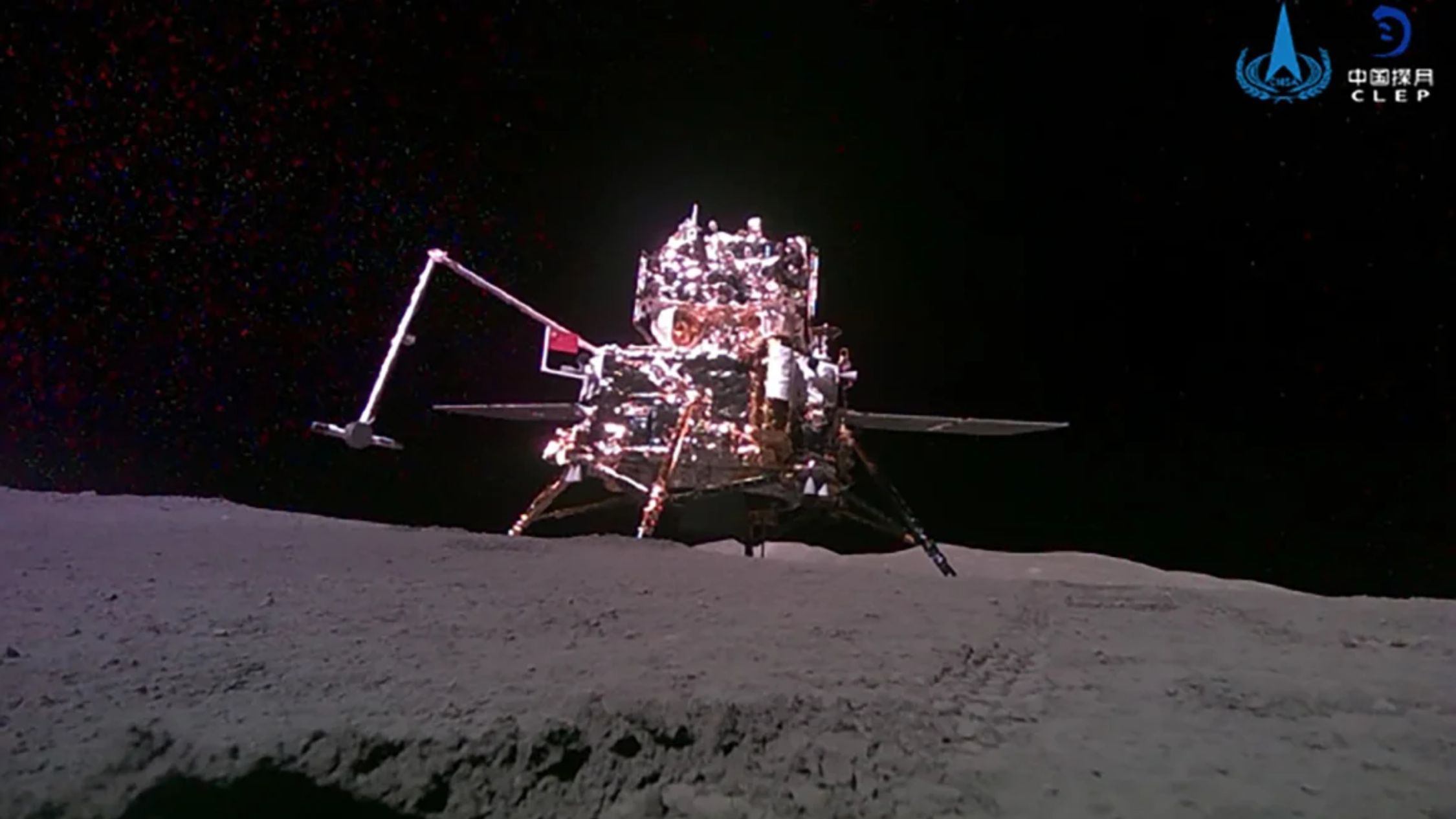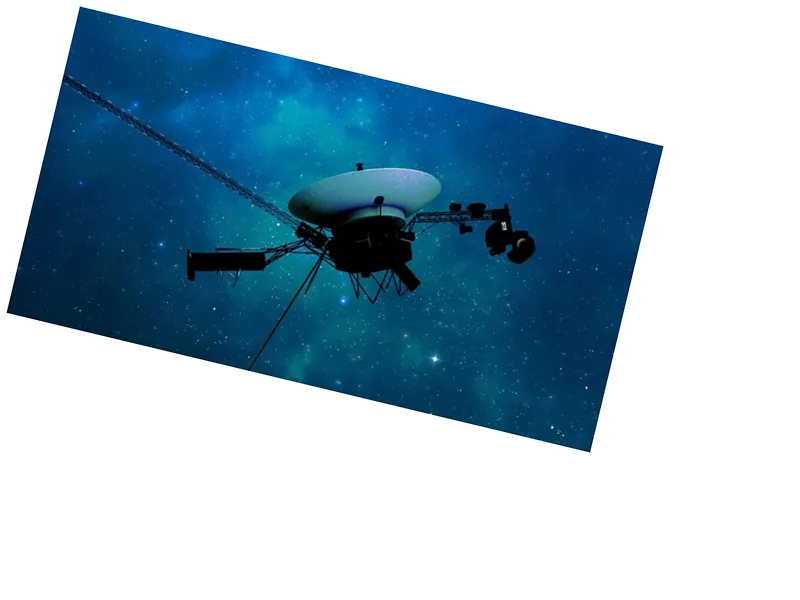In a historic mission, the Chinese lunar probe Chang'e-6 successfully collected soil and rock samples from the far side of the Moon and began its return journey to Earth. This achievement underscores China's growing prowess as a space superpower and marks a significant milestone in lunar exploration. Notably, China became the first country to display its national flag on the Moon's far side, symbolizing its rising influence in space endeavors.
The probe took off and entered lunar orbit early Tuesday, Beijing time, carrying the first lunar rocks collected from the Moon's far side. The return trip to Earth is estimated to last about three weeks, with a landing expected in China's Inner Mongolia region around June 25. The successful return of these samples positions China advantageously in the competitive field of lunar exploration, which holds both strategic and scientific significance.
Chang'e-6 landed in the South Pole-Aitken Basin, the oldest impact basin on the Moon, formed approximately 4 billion years ago. This mission builds on China's previous lunar achievements, following the Chang'e-5 mission that collected samples from the Moon's near side in 2020. The far side of the Moon presents unique challenges due to its lack of direct communication with Earth, necessitating the use of the Queqiao-2 satellite for maintaining the link.
The samples collected by Chang'e-6 could offer key insights into the origin and evolution of the Moon, Earth, and the solar system. Experts believe that understanding the far side of the Moon, which is markedly different from the near side, is crucial for a comprehensive understanding of the lunar body. James Head, Professor Emeritus at Brown University, emphasized the significance of these samples for advancing lunar science.
The Chinese flag shown in the mission's photos, made of basaltic volcanic rock, symbolizes the country's future aspirations in space exploration, including plans to convert basalt into construction materials for a potential lunar base. China aims to land astronauts on the Moon by 2030 and establish a research base at its south pole, a region believed to contain valuable water ice.
China's space ambitions are part of a broader international interest in lunar exploration. Other countries like India, Russia, Japan, and the United States are also intensifying their lunar programs. The renewed interest in lunar missions reflects an increased focus on accessing deep space resources and furthering scientific research.
- The Chang'e-6 mission, which began on May 3 and spans 53 days, demonstrated technological resilience, with the probe enduring high temperatures while collecting lunar samples through drilling and mechanical arm operations. The samples' return could significantly impact our understanding of lunar history and aid in future construction on the Moon.
- Several nations are eyeing the Moon’s resources and exploration opportunities. India's successful lunar landing last year, Russia’s Luna 25 mission, Japan’s Moon Sniper lander, and NASA's IM-1 mission are all part of an escalating 'space race'. These efforts underscore the strategic importance of lunar exploration.






